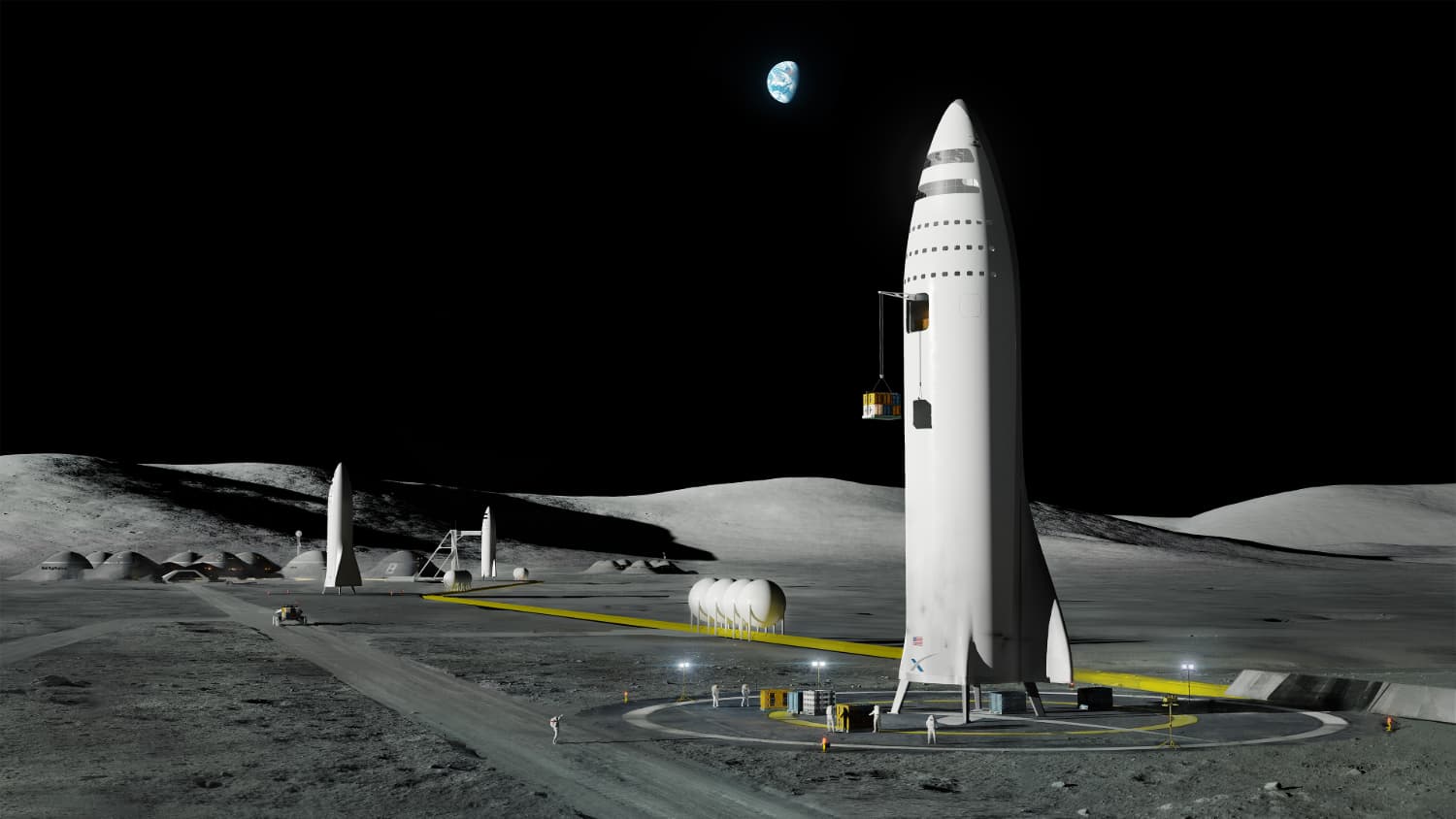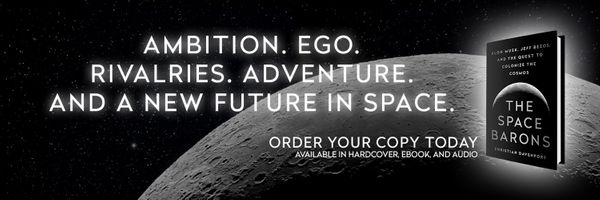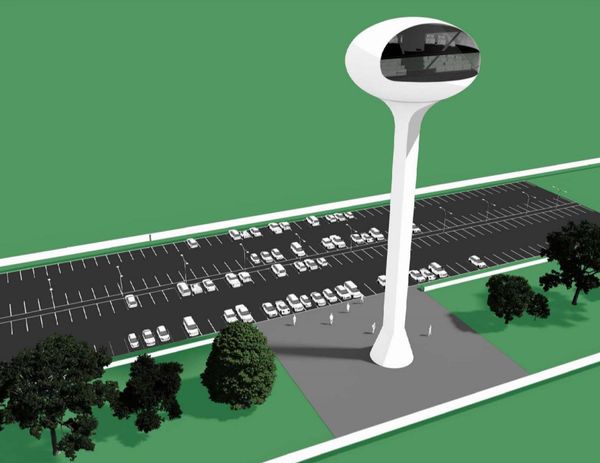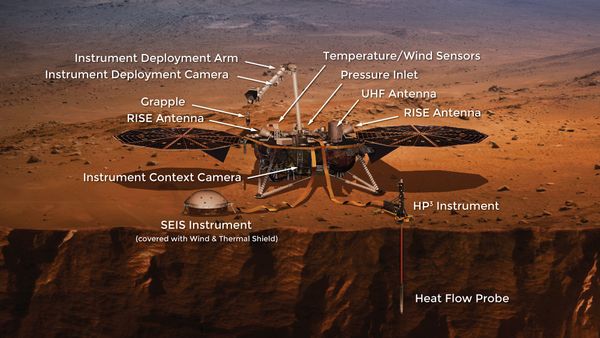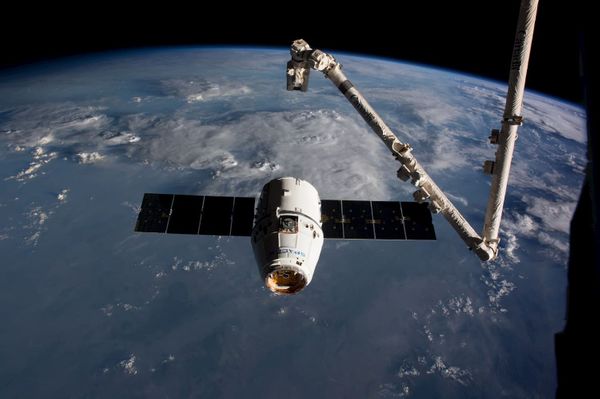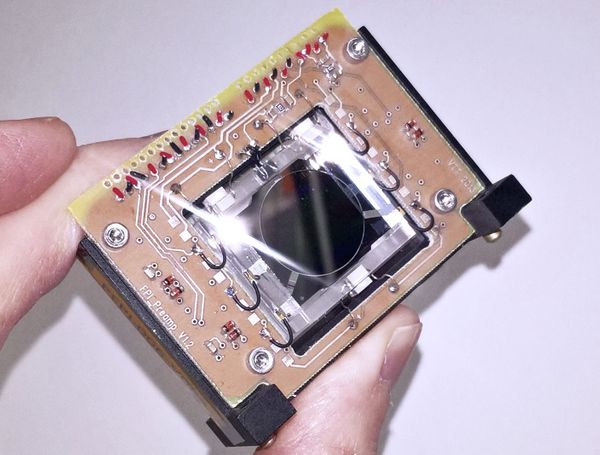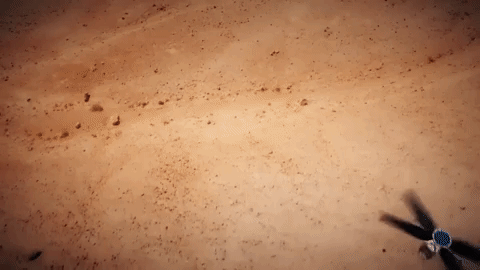On May 26th, 2018 Dr. Robert Zubrin spoke on his new plan for lunar surface exploration, Moon Direct, at the National Space Society International Space Development Conference. Robert Zubrin, previously known for his book, The Case for Mars which outlined the Mars Direct architecture, a plan to enable humans to explore Mars cost effectively and more quickly than formal plans at the time. Moon Direct is a similar plan designed to leverage the renewed interest in the Moon from the current US administration.
What should a return to the Moon look like?
Dr. Zubrin laid out several key requirements that an American led return to the Moon should fulfill.
1. Maximum access to the lunar surface
The Apollo program successfully landed 12 people on the Moon in six different locations. The area these teams were able to explore varied between a few hundred meters to several kilometers. However, the Moon's surface area is equivalent to the entire continent of Africa. Exploring a region that size with small teams and short stays is not cost effective, especially if new hardware needs to be used for each mission, as was the case for Apollo. If the goal of returning to the Moon is to fully explore it, then the astronauts will require better mobility and transportation than Apollo.
2. Minimum development and recurring cost
The Apollo program was the culmination of over a decade of work and the contribution of over 300,000 people. Many of the technologies required were invented for the first time to enable the mission. The Apollo Program has been estimated to have cost up to $120 billion in 2010 dollars. Upfront costs are not the only consideration. Once the equipment has been developed, having a plan that is relatively affordable to continue to run is important. Each Saturn V launch was $185 million ($1.16 billion in 2016 dollars) which made follow-up missions politically and financially unappealing. Three Apollo missions were canceled and their Saturn Vs put on display or repurposed for Skylab.
3. Minimum schedule
A plan to return to the Moon which could be executed quickly and cheaply is much more likely to earn support. NASA has been pursuing humans to Mars for 50 years, with a development timeline of roughly 20 years and has never succeeded. The current lunar return plans have existed in some form or another since 2004. Plans that can be initially executed within a single presidential term (4-8 years) are more likely to survive politically. Also rapid iteration is only possible when the frequency of mission milestones is high. The Apollo program was the culmination of the achievements and development of Mercury and Gemini, which had several missions per year and pushed U.S. space firsts consistently.
4. Minimum risk
Lastly, any lunar mission architecture should minimize risk as much as feasible. Redundant systems and system performance margins are great ways to reduce risk, but increase costs. Architectures that allow for these considerations should have less risk. Another key component of mission risk is the concept of operations. Where, when, and how astronauts progress through different phases of the mission can have a dramatic impact on their safety.
Moon Direct Mission Progression
Dr. Zubrin outlines three phases for Moon Direct, progressing from unmanned supply missions to a fully operational lunar output which enough resources to enable astronauts to explore wide swaths of the Moon's surface.
Mission Phases
- Automated missions deliver a hab module and other cargo one way to the lunar surface to preposition the base in advance of the crew.
- Initial piloted mission to make the base operational. These missions must be flown without the benefit of in-situ propellant production (ISPP). A key objective of this phase is to make ISPP operational.
- The recurring piloted mission, which can be done making use of ISPP.
The key difference in this plan versus Apollo is the focus on sustainability and maintainability. By sending supplies ahead of time, risk to human life can be minimized, and ISRU and ISPP leverage the natural resources of the Moon to make recurring missions more economical and sustainable.
How does Moon Direct compare to our current plan?
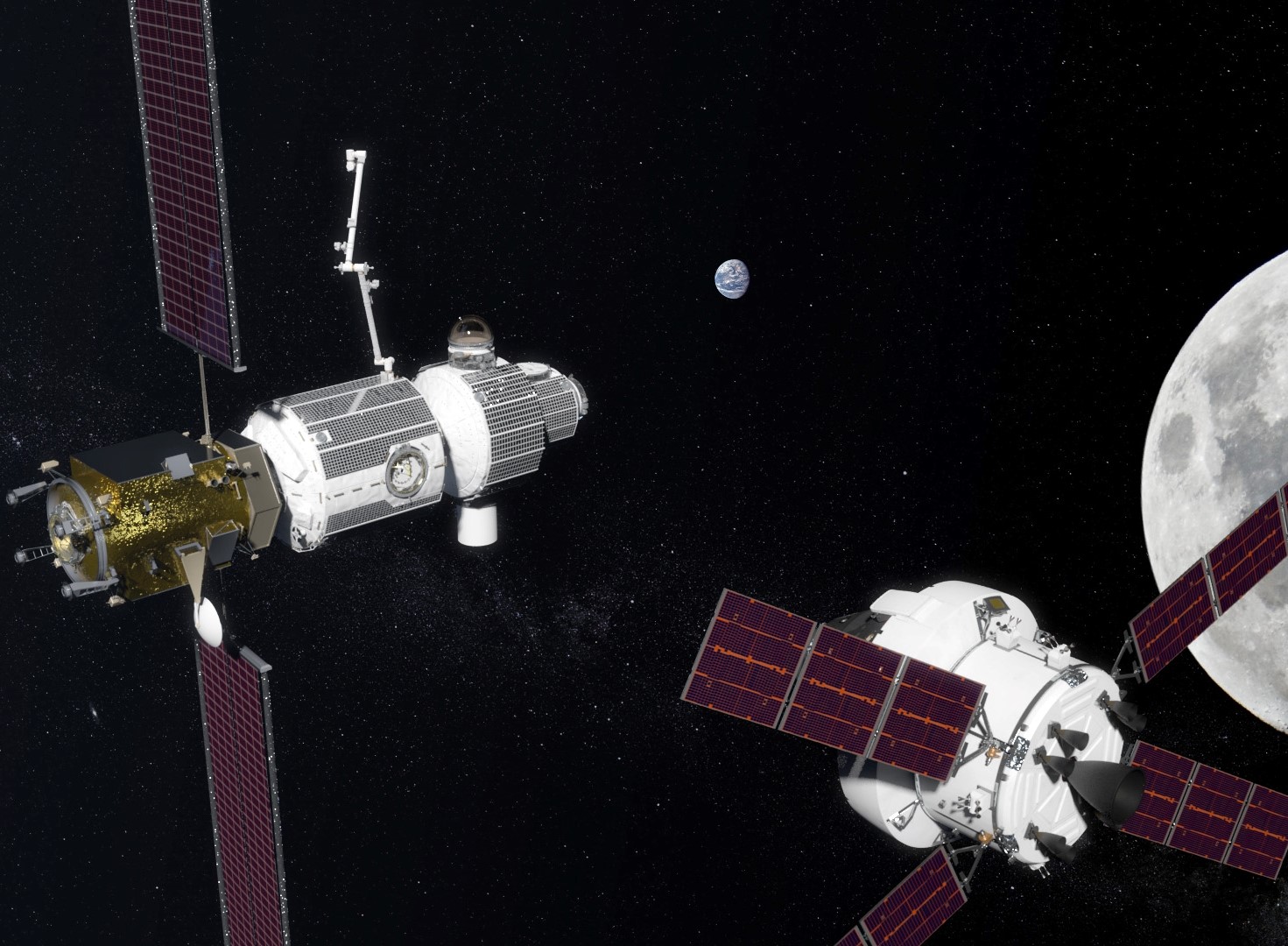
By NASA [Public domain], via Wikimedia Commons
Dr. Zubrin lays out a comparison between several proposed moon missions. NASA has pivoted to a architecture leveraging the Lunar Orbiting Platform-Gateway as a stepping stone to operations around the Moon. The plan also calls for Orion and SLS, a new generation of NASA-built super-heavy lift vehicles to deliver people and supplies to lunar orbit, with an unknown lunar lander design sending humans finally back to the lunar surface.
Another popular concept leverages Orion, where a Lunar Excursion Vehicle and Orion capsule meet in Lunar Orbit. This would most closely match the original Apollo architecture. In Dr. Zubrin's talk, he also proposed two concept missions leveraging SpaceX's Crew Dragon capsule. These architectures would require an improved service module or boost stage, but would see significant cost and mass savings by using a smaller capsule. A direct return mission with Dragon would see the LEO-bound capsule sent all the way to the surface of the Moon, where it would be part of the lander architecture. This would allow the crew to return directly to Earth from the Moon's surface at any time without the need to rendezvous with a command module in lunar orbit. A Direct Return architecture that uses local propellant production would not have to be much larger than other competing architectures, in contrast to to the direct return proposals of the Apollo era which called for the Nova rocket.
Moon Direct Advantages
Using these four programs, Dr. Zubrin led a direct comparison between them and Moon Direct. Let's break down his four claims.
- Lowest total program launch mass (1/2 that of closest alternative)
- By far the lowest recurring mission launch mass (~1/3 that of closest alternative)
Moon Direct leverage propellant production on the Moon, which means return missions do not need to send fuel. This doesn't reduce launch mass significantly in the beginning of the program, but drastically reduces launch mass for follow-up missions
- By far the greatest exploration capability (14 times surface access as 4km/s LOR-class LEV)
Fully-fueled LEVs on the surface of the Moon enable astronauts to explore a huge area of the surface by flying short hops. Other architectures would be restricted to rovers or would need to send even more mass to refuel LEVs after each exploration mission.
- No need for lunar orbit rendezvous.
Waiting for optimal alignment for rendezvous with an orbiting spacecraft restricts possible escape windows from the surface. While this is a nice benefit to have, rendezvous risk can be minimized by improving the delta-v of the orbiting spacecraft, or by restricting landing sites to equatorial regions.

